Cement
Found 16 results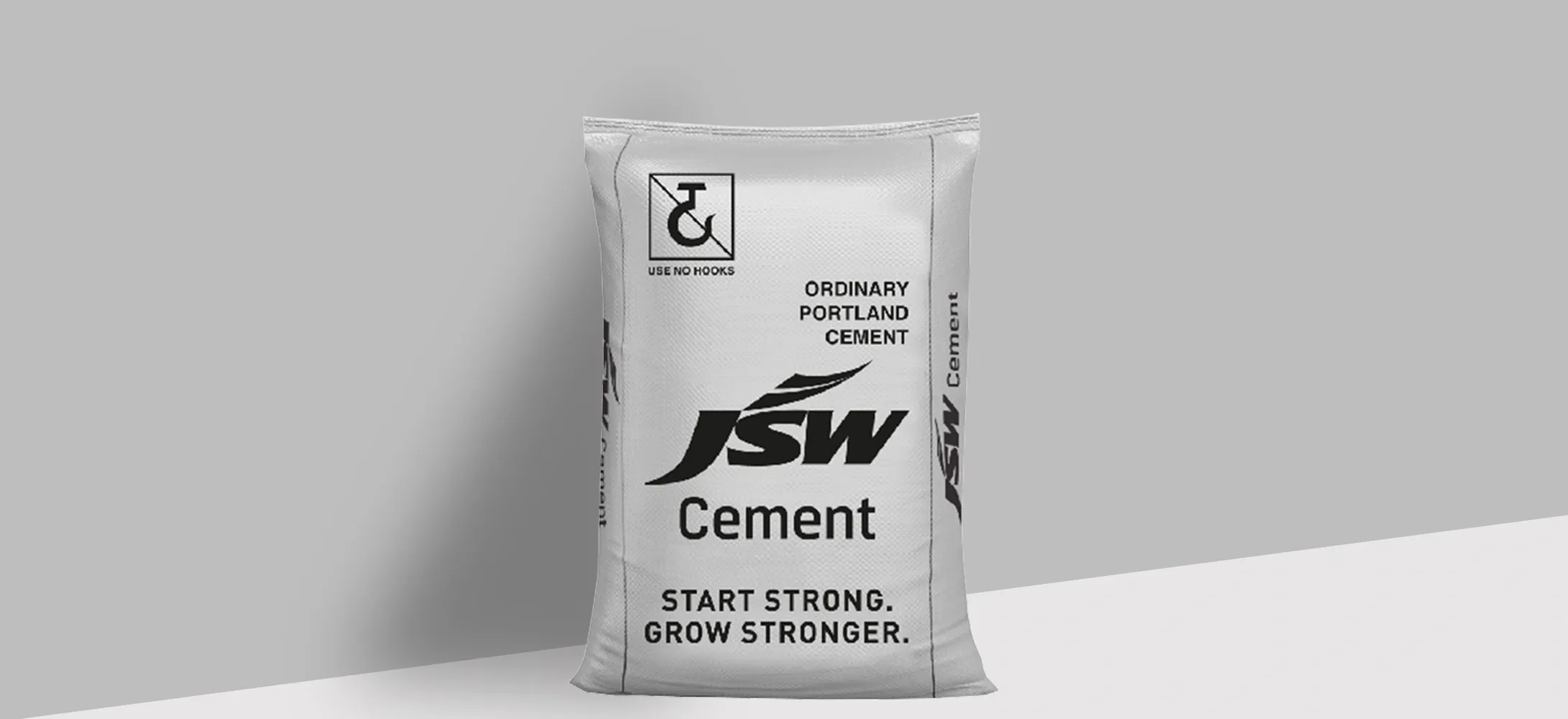
Brand: JSW Cement
Delivery in 2 - 5 days
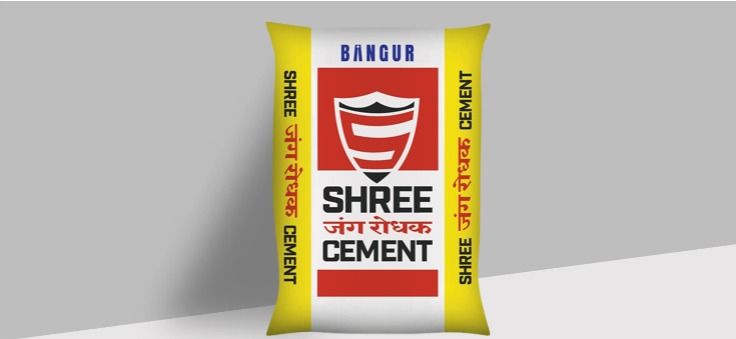
Brand: Shree Cement
Delivery in 2 - 5 days
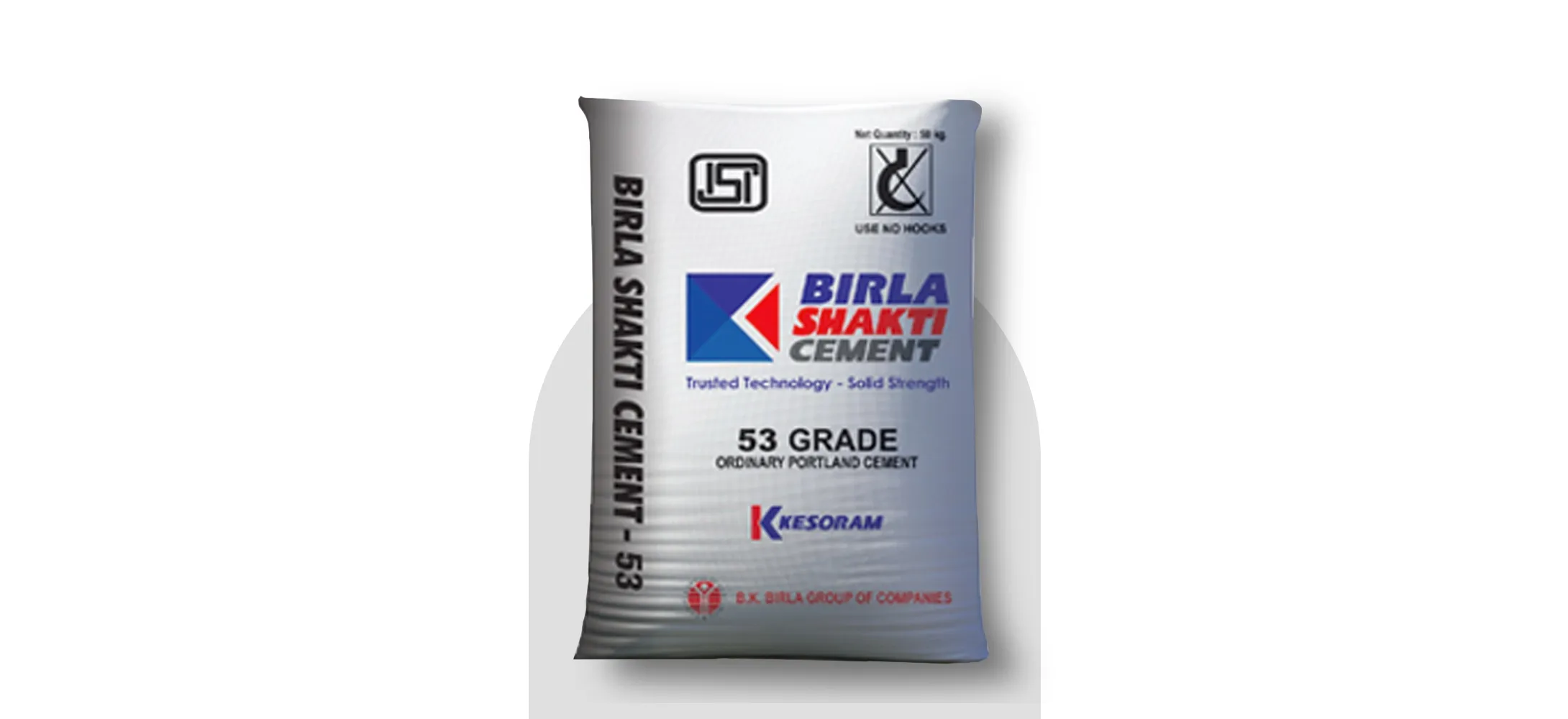
Brand: Birla Shakti
Delivery in 2 - 5 days
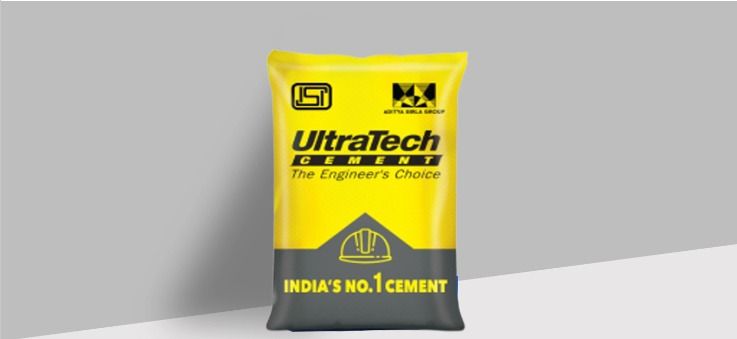
Brand: Ultratech Cement
Delivery in 2 - 5 days
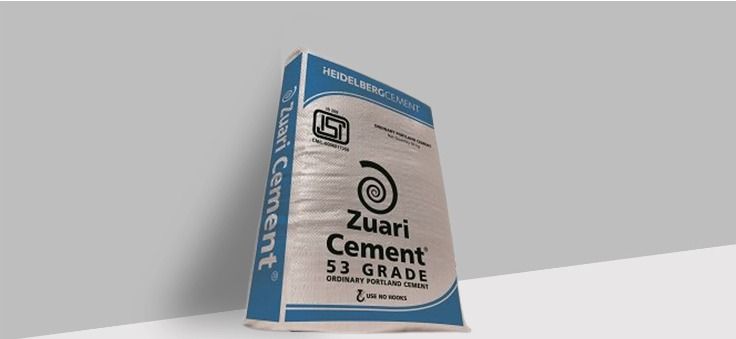
Brand: Zuari Cement
Delivery in 2 - 5 days
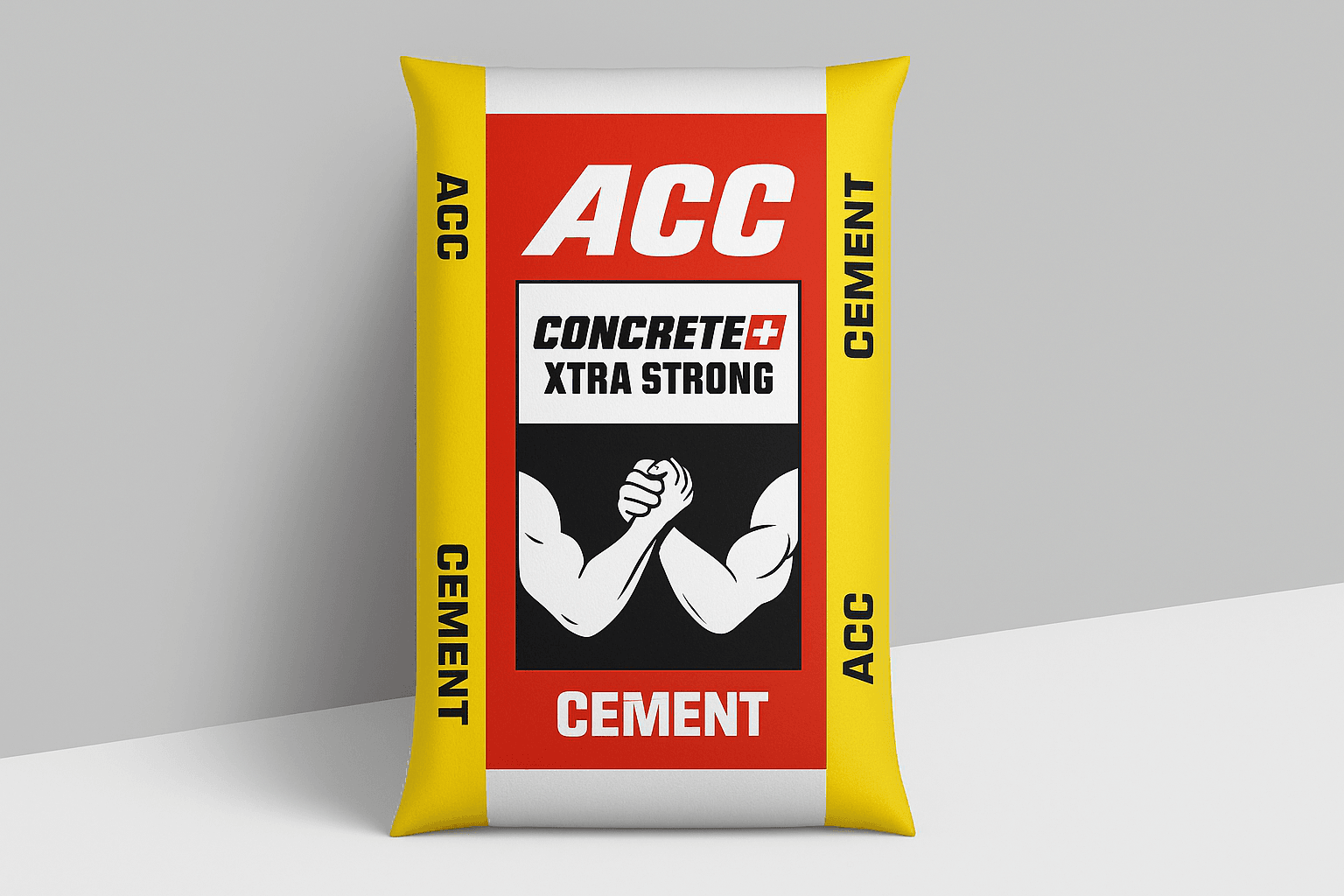
Brand: JSW Steel
Delivery in 2 - 5 days

Brand: Shree Cement
Delivery in 2 - 5 days
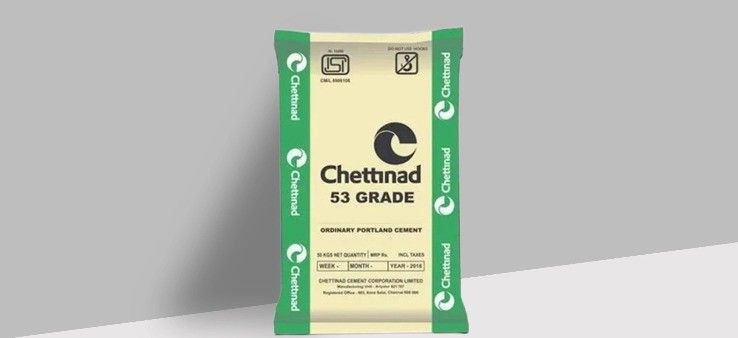
Brand: Chettinad Cement
Delivery in 2 - 5 days
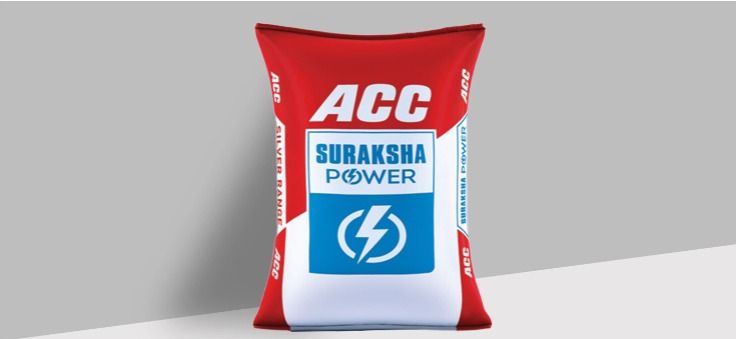
Brand: ACC Cement
Delivery in 2 - 5 days

Brand: JSW Cement
Delivery in 2 - 5 days
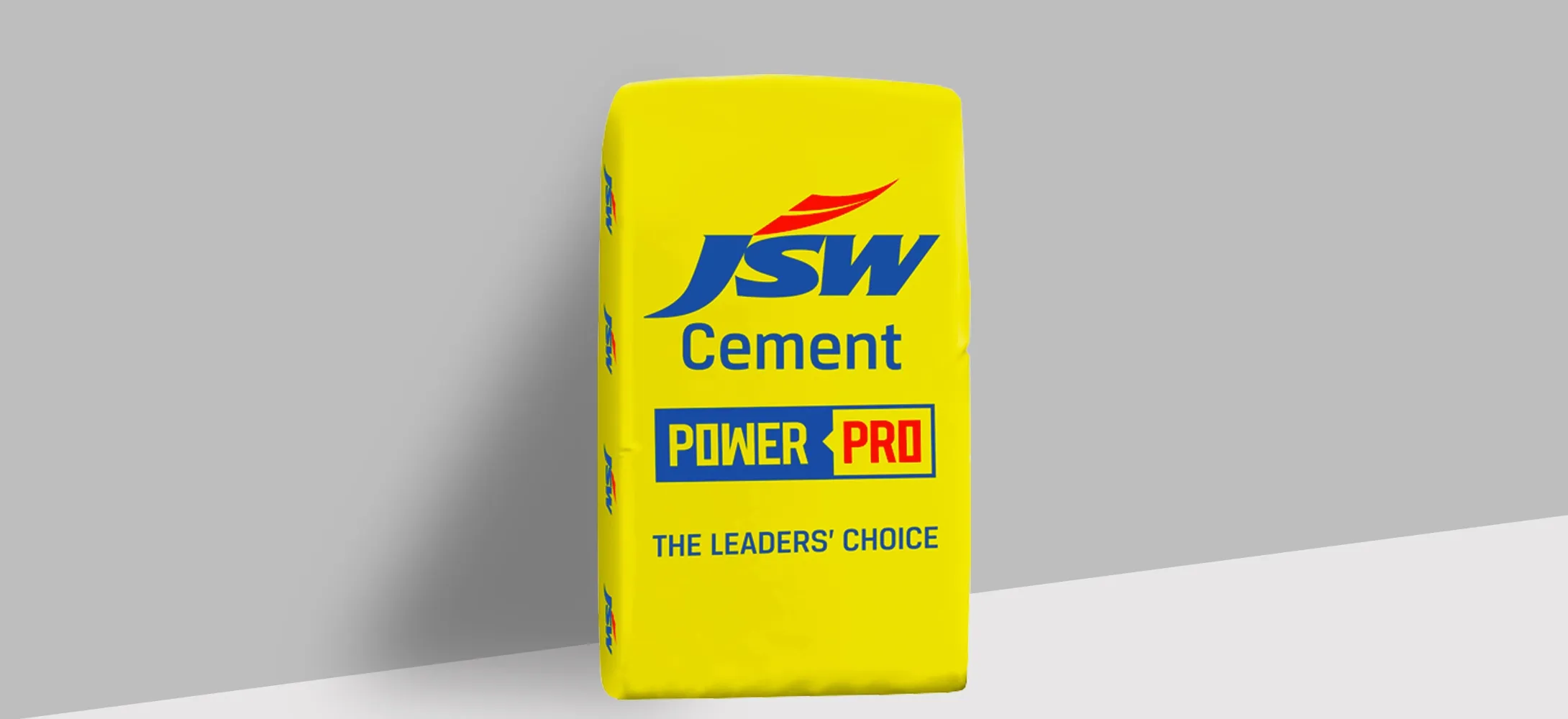
Brand: JSW Cement
Delivery in 2 - 5 days

Brand: JSW Cement
Delivery in 2 - 5 days
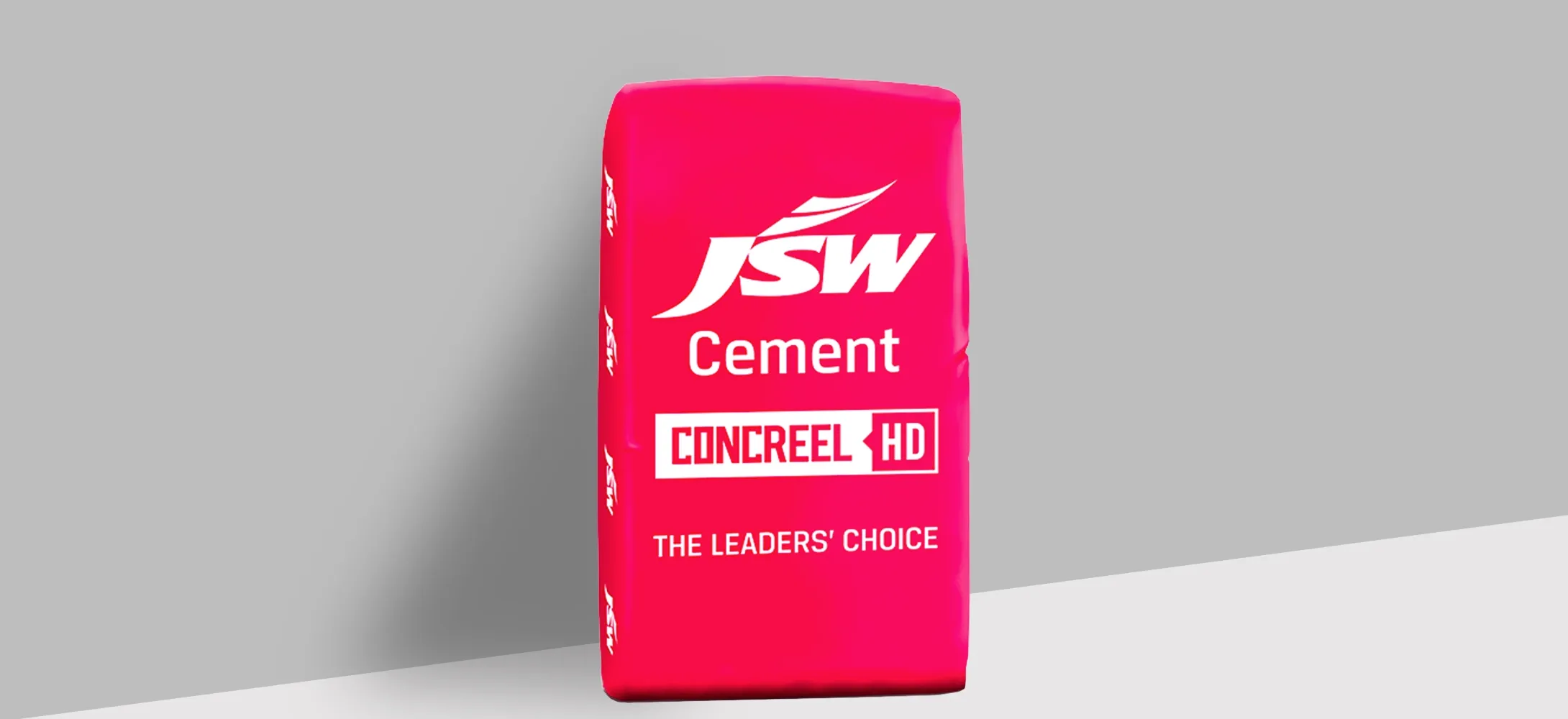
Brand: JSW Cement
Delivery in 2 - 5 days
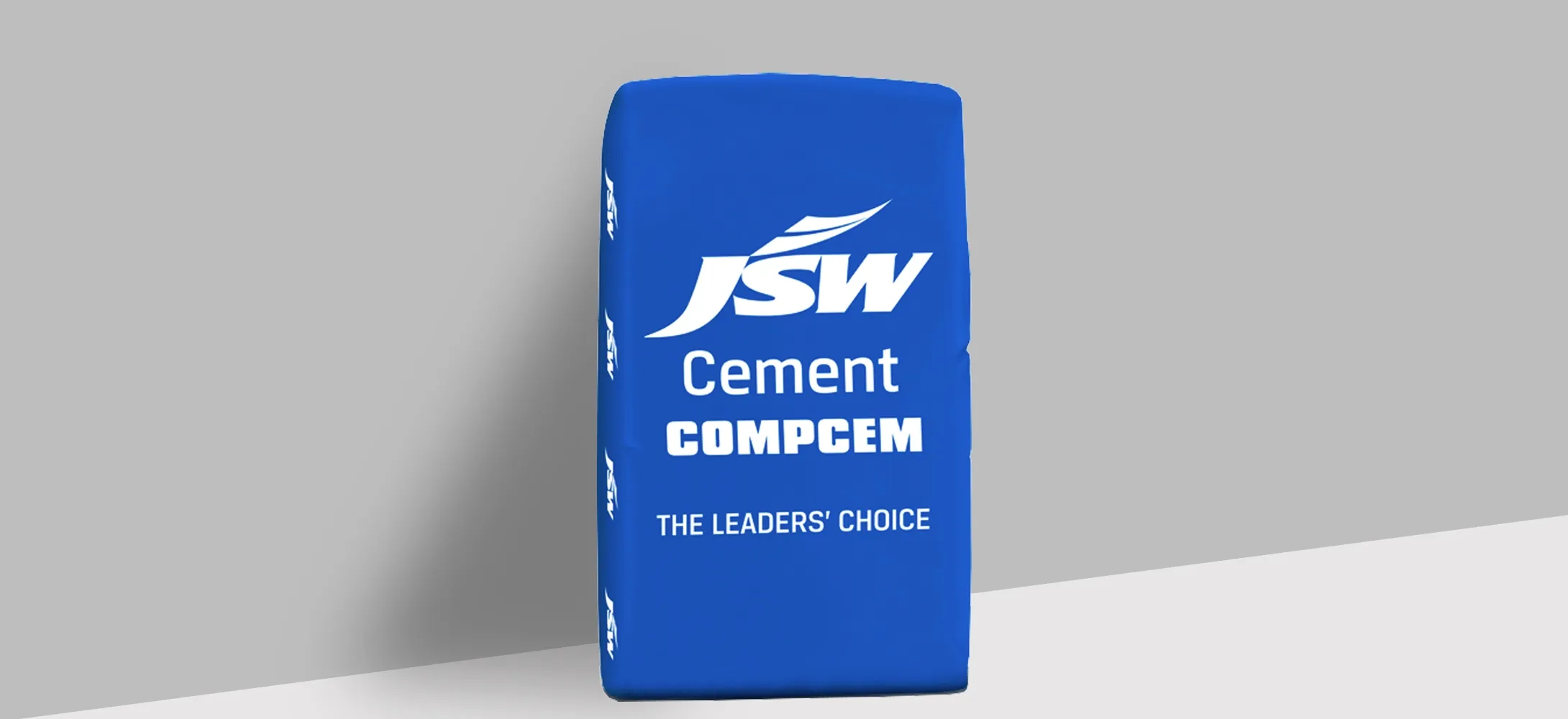
Brand: JSW Cement
Delivery in 2 - 5 days

Brand: Birla Shakti
Delivery in 2 - 5 days
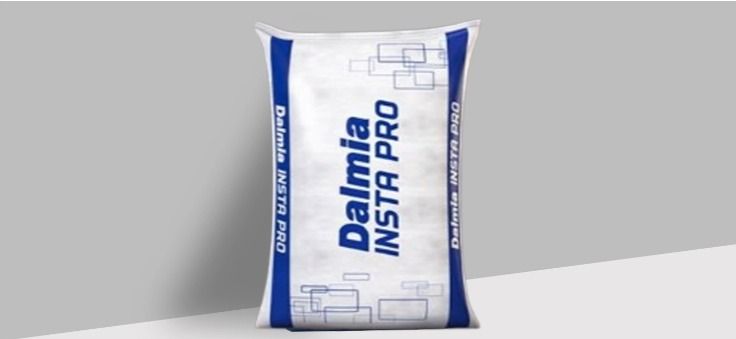
Brand: Dalmia Cement
Delivery in 2 - 5 days
Loading...



 +91 7208055523
+91 7208055523
 Help & support
Help & support
